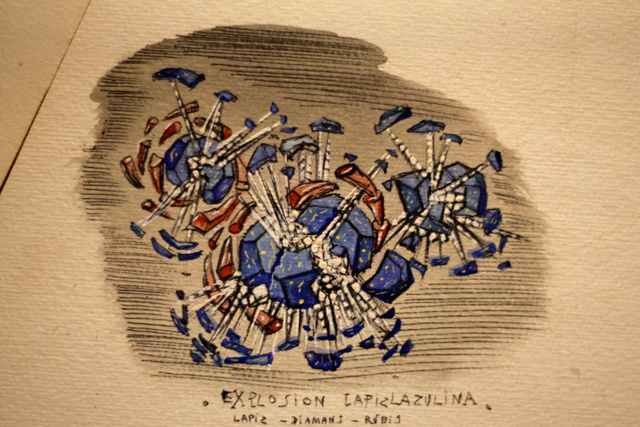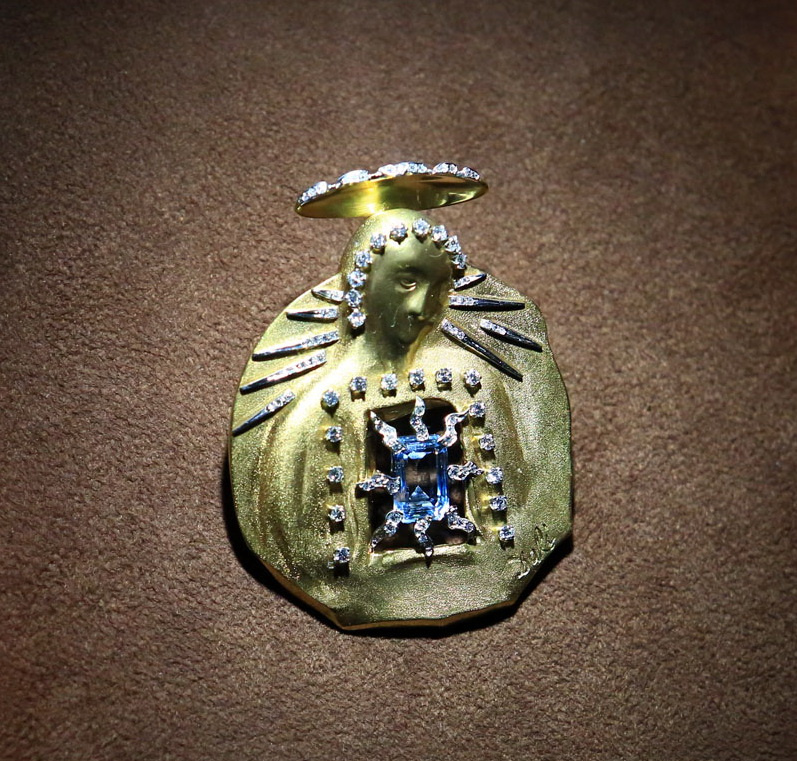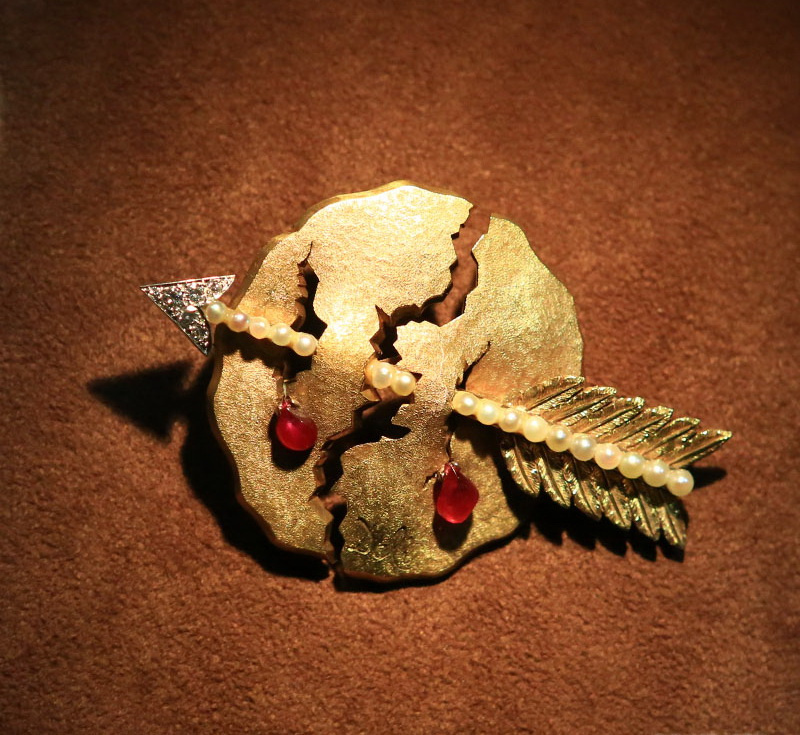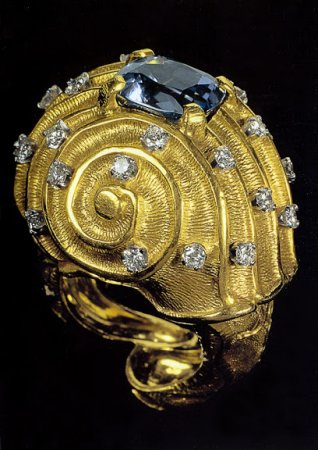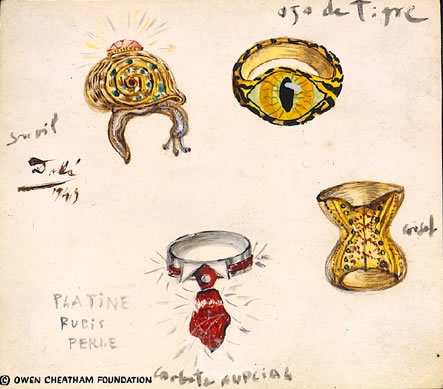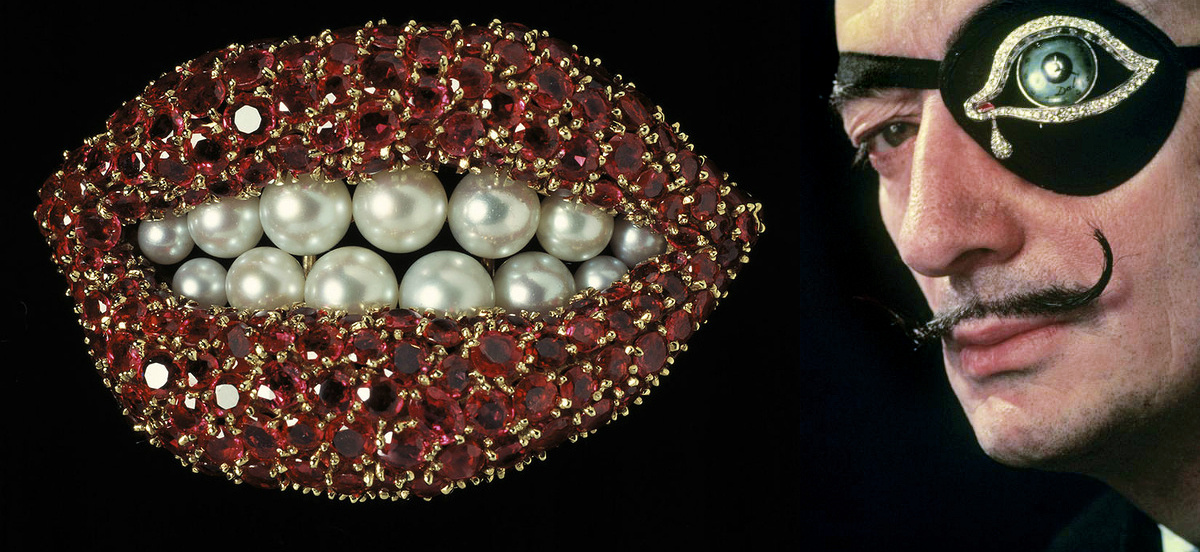
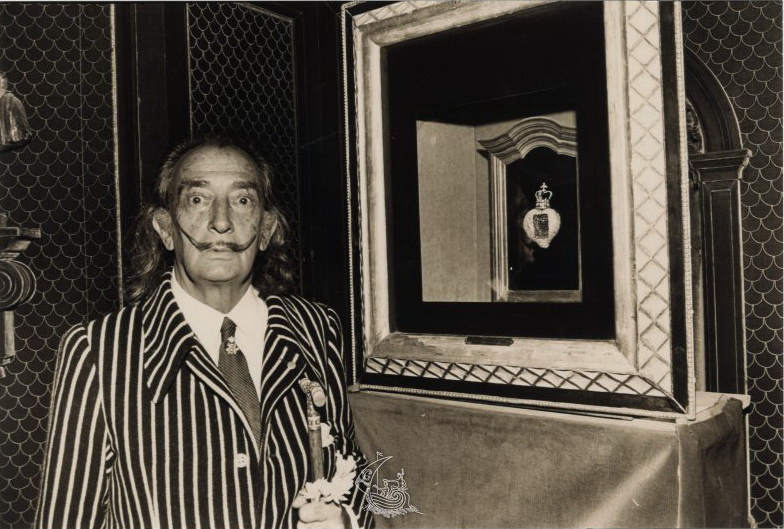

Photo: www. artsy

Some of the jewelry fantasies of Salvador Dali have become iconic works in the art of XX century. The artist’s favorite pieces were "The Elephant of Space (1961), "The Eye of Time" (1949) with a tear in the corner, an exciting and sensual "Ruby Lips" (1949) and a pulsing "The Royal Heart" (1953).
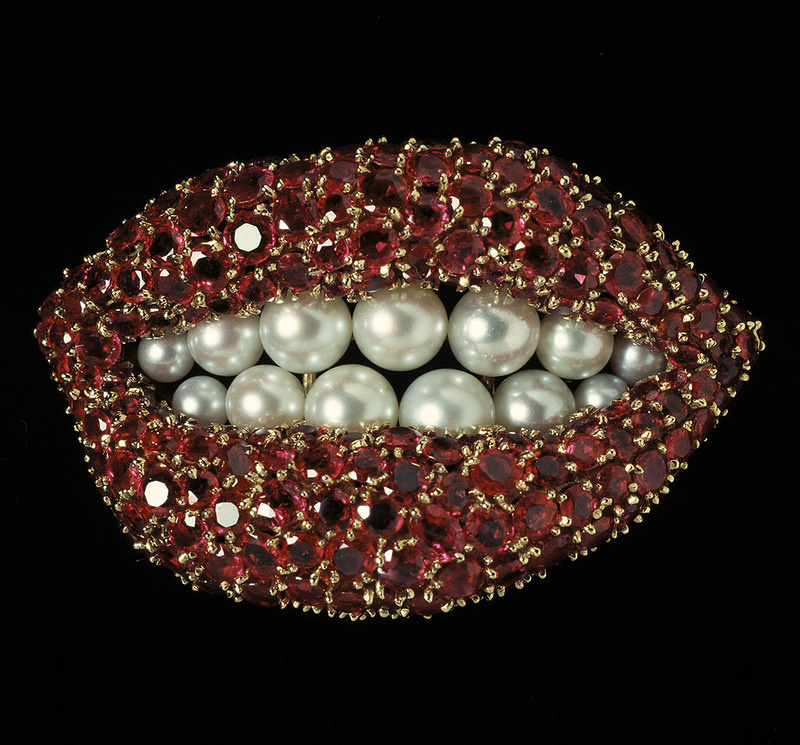
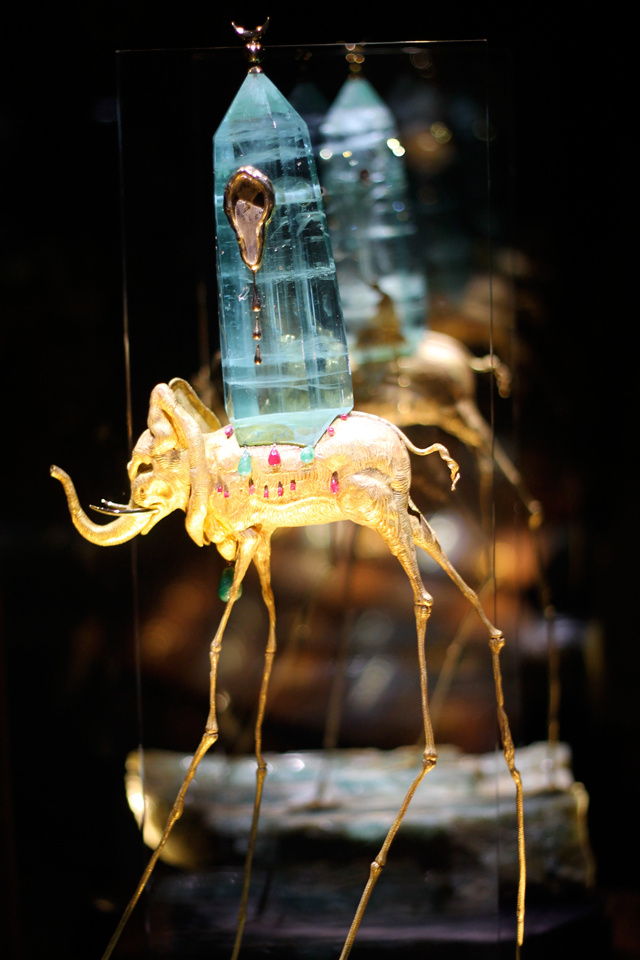
aquamarine, clock with Omega mechanism with reference 440
The meeting of Catalan surrealist and Sicilian duke-jeweler at an abandoned American farm
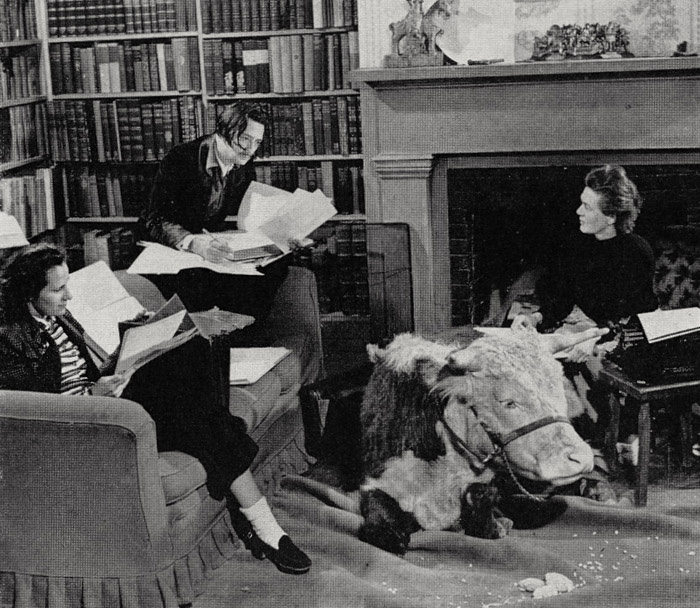
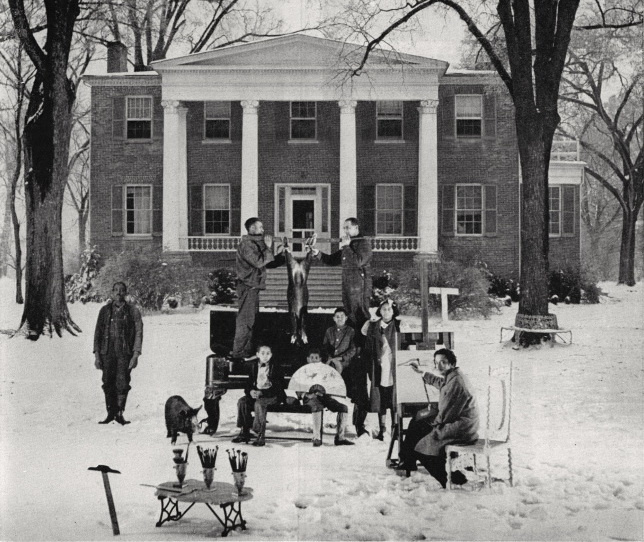
Apparently, in order to test the guest, Dali decided to trick the designer. Upon his arrival to Hampton Manor, however, the young duke was aghast. Rather than the elegant mansion he had imagined, he was welcomed into a desolate ruin lacking both electricity and heat.

Verdura wrote about his surreal encounter with Dalí at the socialite’s rickety old Hampton Manor:
"In the sitting room it was deathly cold. Everyone had an overcoat on. I had put off mine when I first came in and by then it was too numb to ask for it." Dalí kept saying: "It is the atelier of Picasso". I have never seen this one; but I am told it is of the same squalor with no ashtray emptied since the Blue period."
Fulco di Verdura "Fulco's arrival in Virginia", watercolor
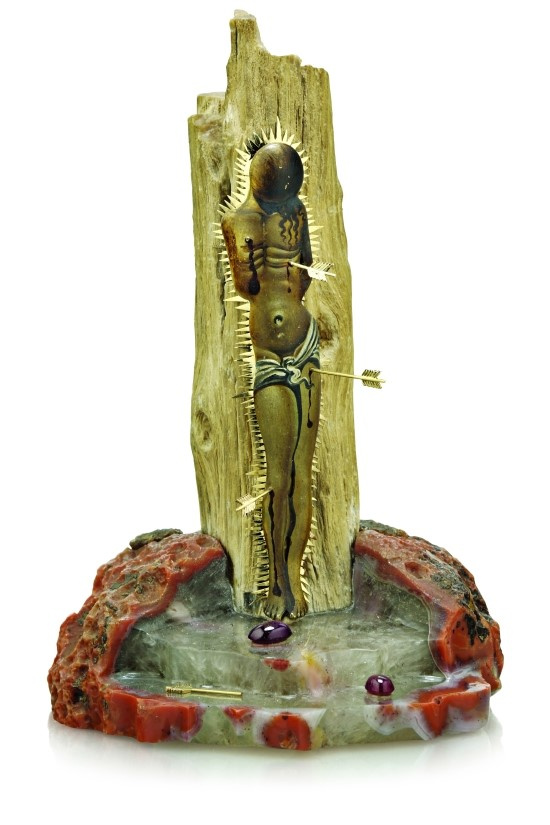


Carlos Alemany
"Paladin of a new Renaissance , I too refuse to be confined. My art encompasses physics, mathematics, architecture, nuclear science — the psycho-nuclear, the mystico-nuclear — and jewelry — not paint alone." In Renaissance times the great masters did not confine themselves to a single means of expression. "The genius of Leonardo da Vinci goes far beyond painting. His scientific spirit comprehended the possibility of miracles in the depths of the sea and in the air, which today have become a reality. Benvenuto Cellini, Botticelli and da Luca treated gemstones for jewelry, creating extraordinary beauty ornamental cups and bowls, decorated with stones".
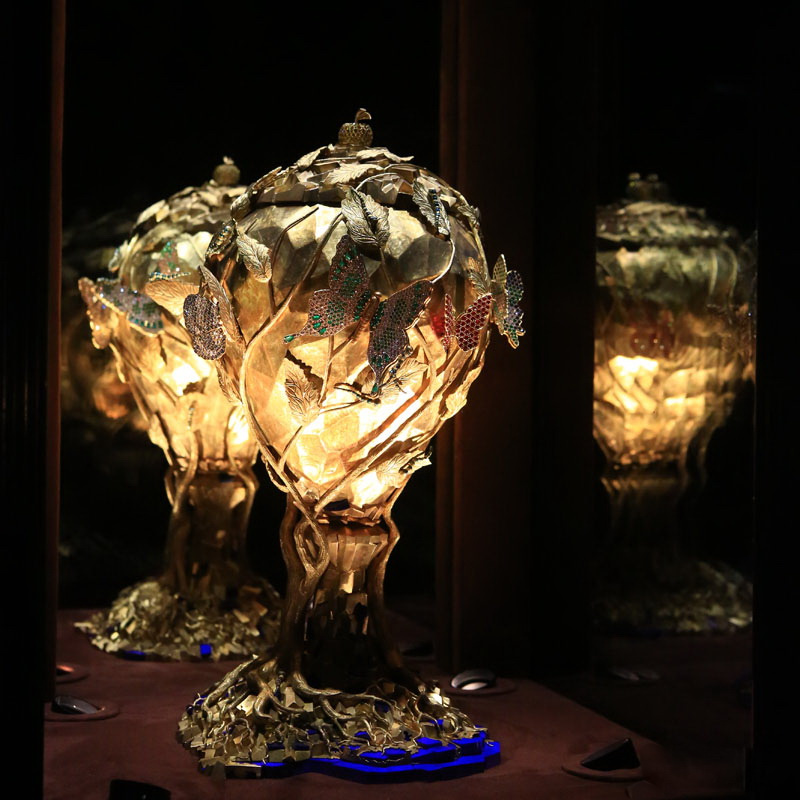
Tango together: Dali meets Carlos Alemany
A native of Buenos Aires, Carlos Alemany spent the 1930's as conductor of a tango orchestra touring Latin America, Europe and the United States. In the 1940's he settled in New York and learned the jeweler’s trade, and in the 1950's, when he met Dali, Alemany could realized complicated visions of the genius of Surrealism. The designers collaborated until 1971.

As well as designing jewelery, Salvador Dalí also selected the materials to be used, focusing not only in the colors or the value of the material, but also on the symbolic meaning and connotations attributed to the precious stones and noble metals.
S. Dali "The Royal Heart", 1953, gold, rubies, sapphires, emeralds, aquamarines, chrysolite, garnets, amethyst, diamonds, pearls
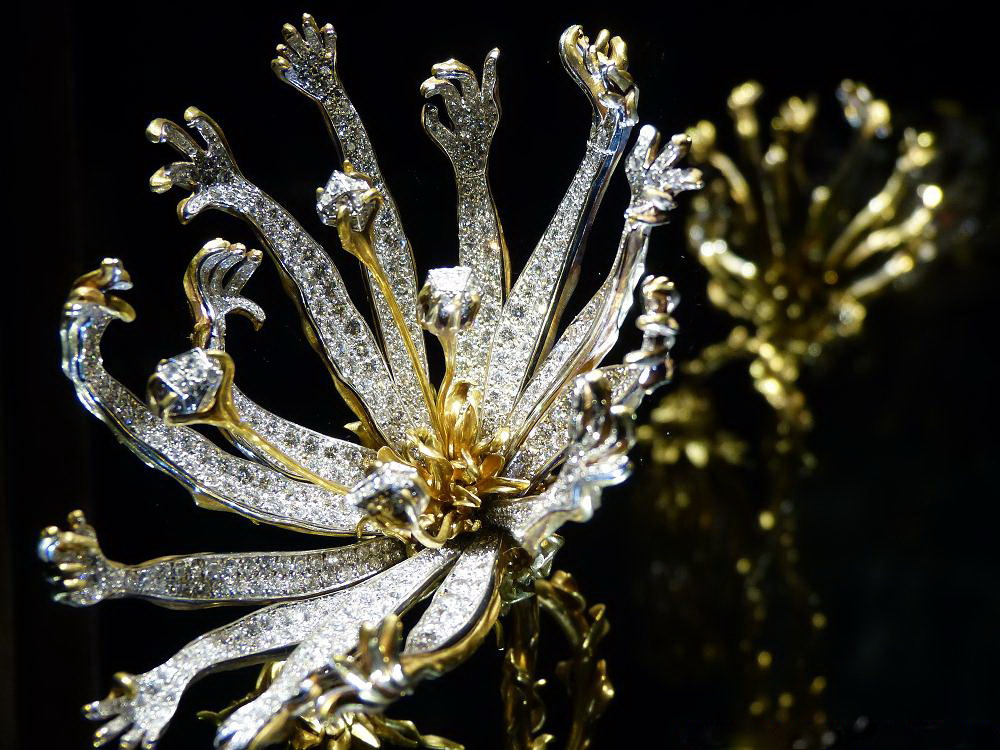
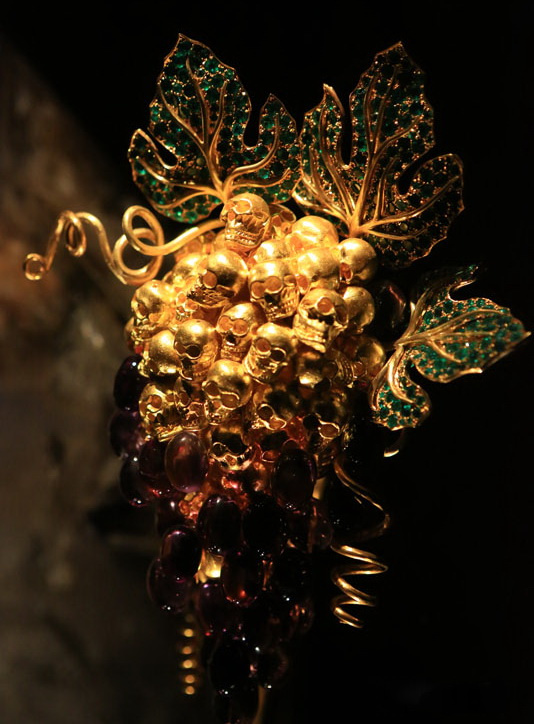
Before 1970 the genius of Surrealism created only 39 drawings on paper, and 37 pieces of jewelry were made based on them. Twenty two of them were acquired by the American millionaire Cummins Catherwood, and in 1958 the others went to the Owen Cheatham Foundation. In 1981 it was acquired by a Saudi multimillionaire, and later on by three Japanese entities.
In 1999 Dalí Foundation bought the jewelery collection for 5,5 million euros. Today, 39 jewels, born of the surrealistic fantasies of Dali, can be seen at the Dalí Theatre-Museum of Figueres.
S. Dali "Grapes of Immortality". "Angel of Eternity", 1970. Fragment. Gold, amethysts, emeralds, smoky quartz. Photo: Richard Lozin
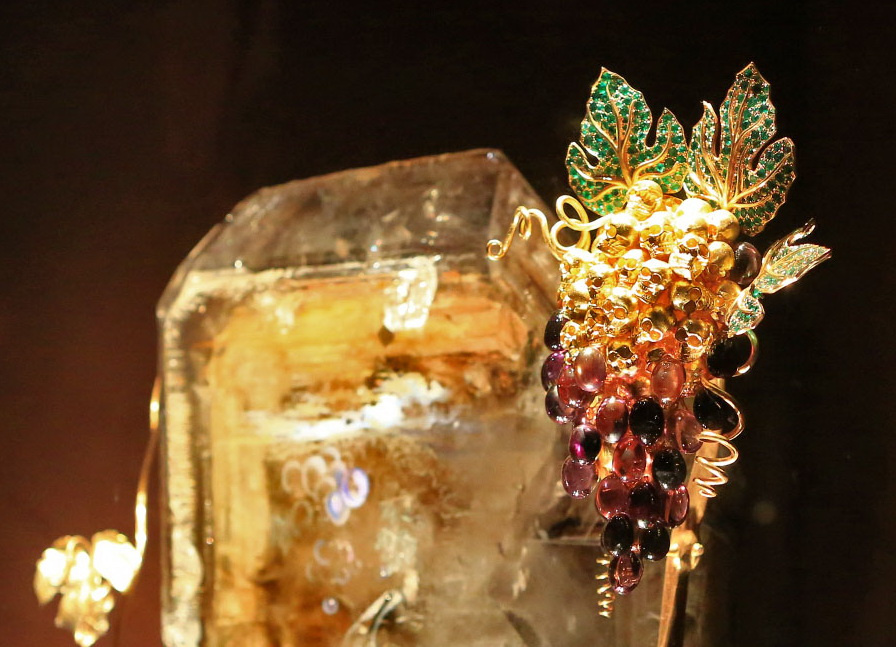

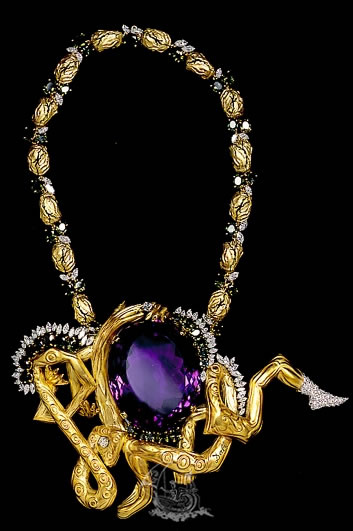
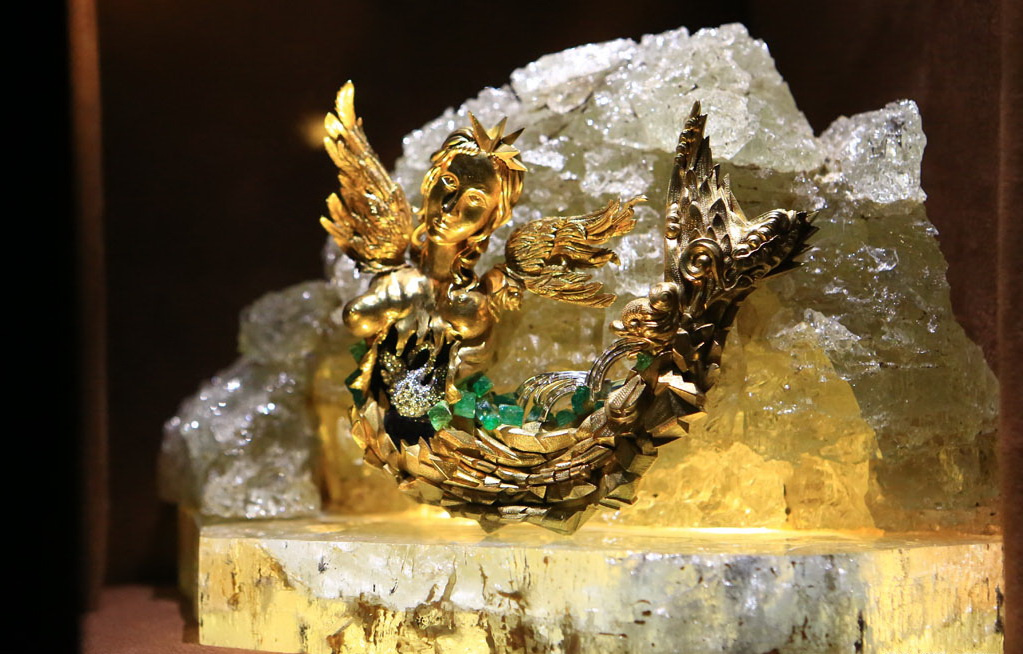
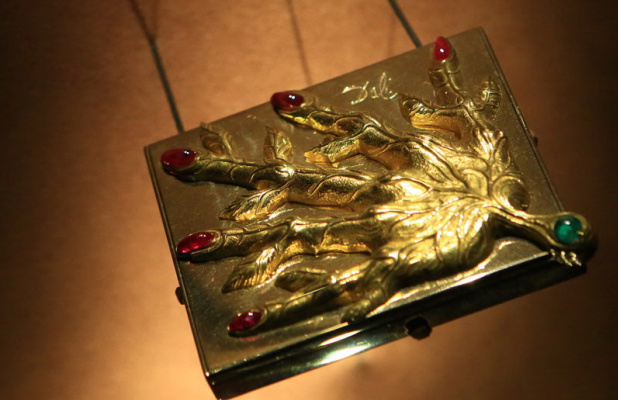
"…My art — in painting, diamonds, rubies, pearls, emeralds, gold, chrysolite — demonstrates how metamorphosis comes about; human beings create and change. When they sleep, they change totally — into flowers, plants, trees. The new metamorphosis takes place in Heaven. The body becomes once again whole and reaches perfection."
Salvador Dalí. "Leaf Veined Hand", 1949, gold, emerald, rubies. Photo: Richard Lozin
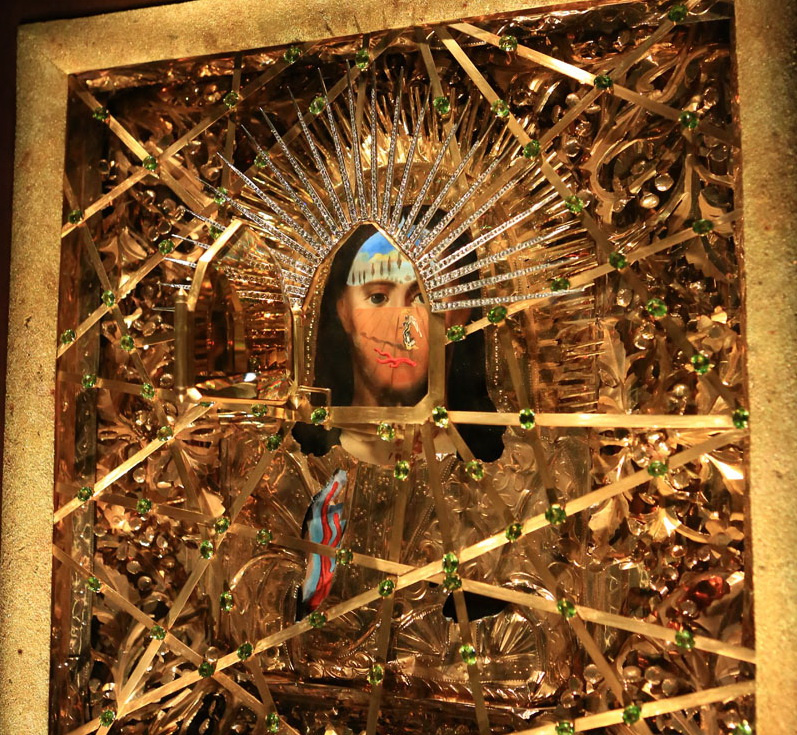
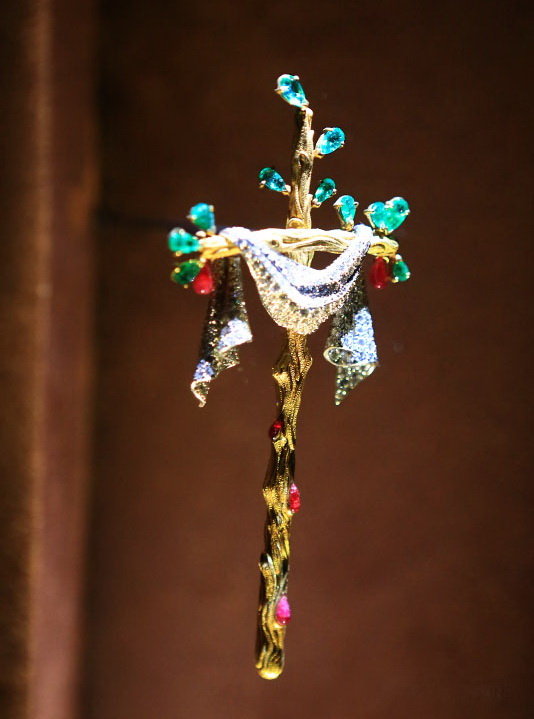
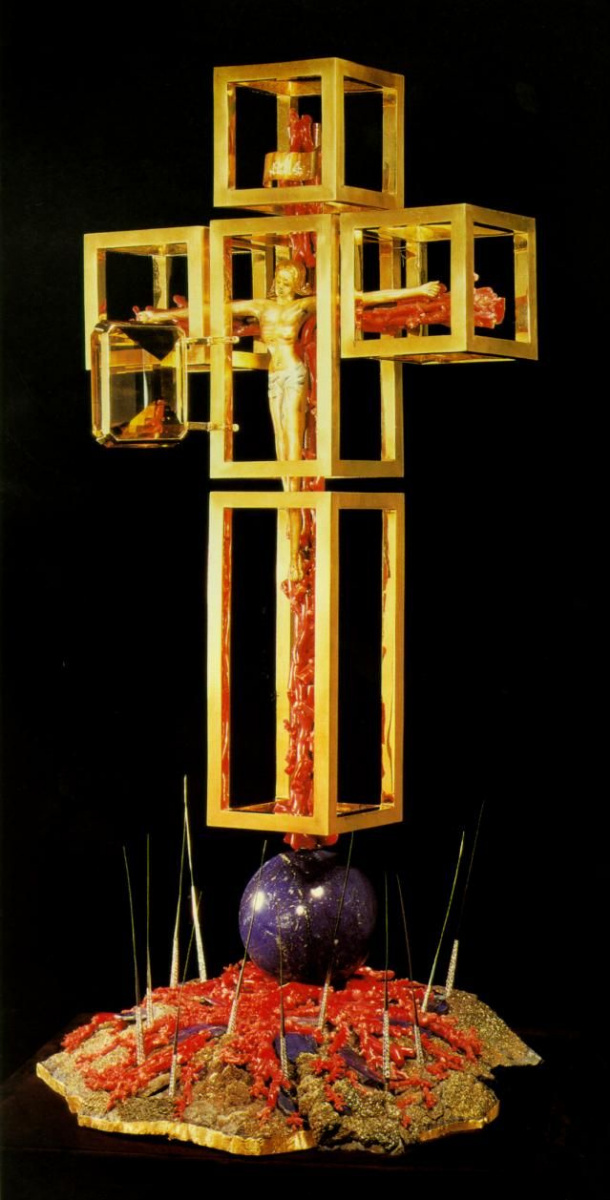
The Angel Cross, 1960. Tecnique: oil and liquid amber over the sculpture of pure gold; with moving mechanism and reducer which makes the spines move.
Pure yellow gold (figure), platinum forming spines, citrine (quartz), diamonds, red coral, lapis lazuli, rough zinc sulphide mineral (sphalerite) on the base;

"I have been aware of the relation between time and space since childhood. However my invention of the "soft clock" - first in oil painting and then later, in 1950, in gold and precious stones — caused a division of opinion: approval and understanding, skepticism and incredulity.
Today, in American schools, my "soft clock" is shown as a prophetic expression of the fluidity of time — the indivisibility of time and space. The speed of travel in the present times (space travel) confirms that belief. Time is not rigid, it is fluid."
S. Dali "The Persistence of Memory", 1949, gold, diamonds, enamel, clock with Jaeger LeCoultre 426 mechanism
he designed himself

"Illusory! Dalinian jewels are totally serious. I’m glad that people smile at telephone earrings. A smile is something pleasant. But those earrings, like all my jewels, are serious. They represent the ear, a symbol of harmony and unity. They connote the speed of modern means of communication; the hope and the danger of an instantaneous change of thought."
Salvador Dalí, Carlos Alemany. Telephone Ear Clips, 1949, gold, diamonds, rubies, emeralds

Salvador Dalí
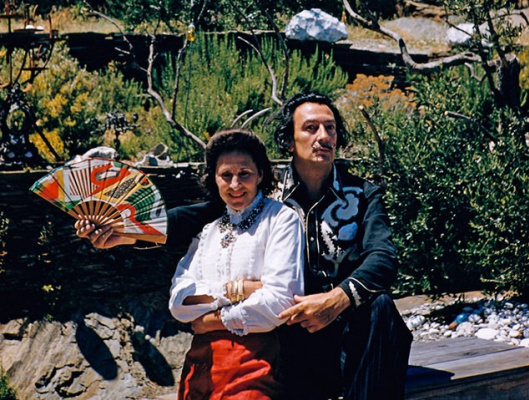
Dali was not only "The Persistence of Memory", but also persistence in matters of the heart, which is rare for bohemians. Gala was his muse, friend, wife, lover. For his beloved Dali made a luxurious brooch "Ruby Heart", decorated with 46 rubies, 42 diamonds and 4 emeralds. The mechanism inside the brooch makes "Dali's heart" beat until now.
Salvador Dali and Gala. Spain. Photo: Jerry Cooke / Corbis








